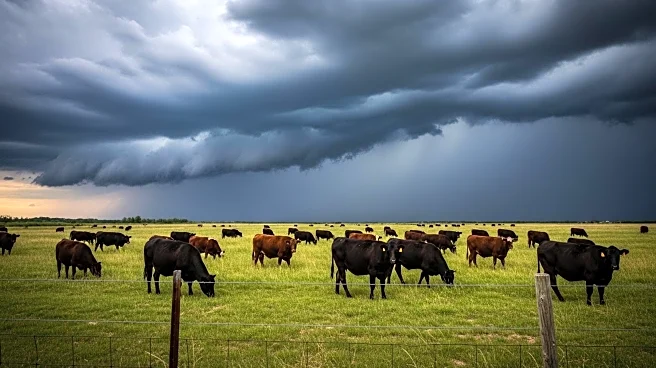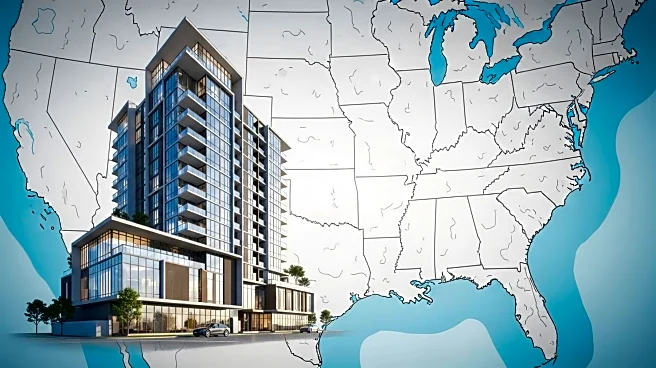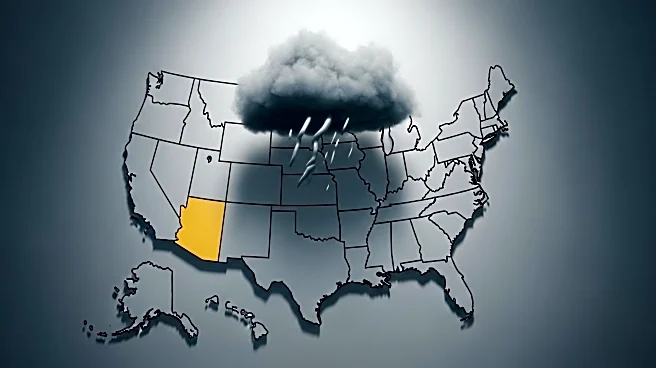What's Happening?
Homeowners insurance rates in the U.S. have reached an average of $2,802 per year, with some states experiencing rates as high as $8,000. The increase is attributed to factors such as inflation, tariffs, government regulations, and labor shortages, with climate change being a significant driver due to the frequency of severe weather events. States like Nebraska and Oklahoma are among the most expensive for homeowners insurance, while Hawaii and Vermont are among the least expensive. Some states are challenging these rising rates, with governors advocating for regulatory measures to prevent excessive hikes. However, insurers may withdraw from states where rate increases are denied.
Why It's Important?
The rising cost of homeowners insurance is a critical issue affecting millions of Americans, particularly in states prone to natural disasters. As premiums outpace inflation, homeowners face increased financial burdens, potentially impacting homeownership rates and the housing market. The insurance industry's response to climate change and regulatory pressures will shape future policy offerings and pricing strategies. Consumers may need to explore alternative insurance options or adjust their coverage to manage costs. The situation underscores the need for comprehensive climate policies and insurance reforms to address the underlying causes of rate increases.
What's Next?
Homeowners are encouraged to take proactive steps to mitigate insurance costs, such as comparison shopping, bundling policies, and improving home safety features. States may continue to push for regulatory changes to protect consumers from excessive rate hikes. The insurance industry may seek innovative solutions to balance profitability with consumer affordability, potentially leading to new product offerings or partnerships. As climate change remains a key factor, ongoing discussions about environmental policies and disaster preparedness will be crucial in shaping the future of homeowners insurance.












